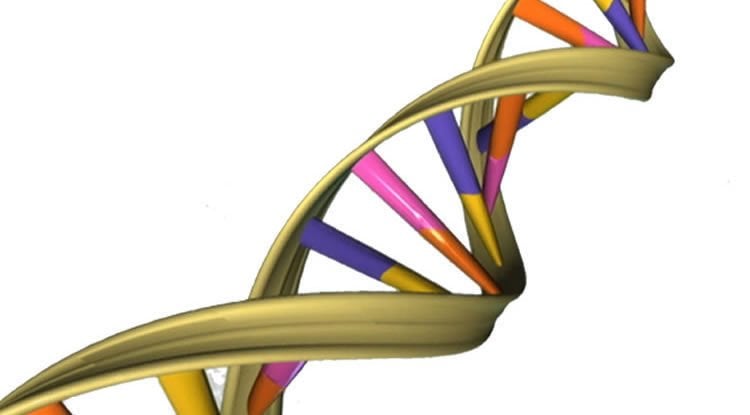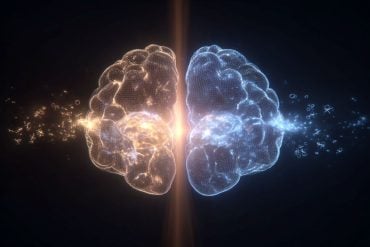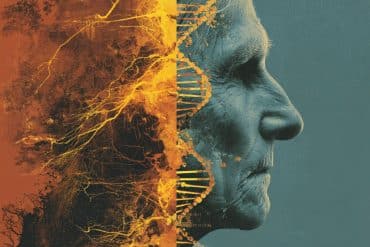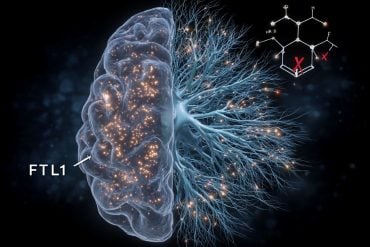Summary: The study suggests motor learning difficulties can be reversed through behavioral training.
Source: Cardiff University.
Researchers from Cardiff University have established a link between a genetic mutation and developmental movement impairments in autism.
The study, which found that the mutation of the CYFIP1 gene leads to changes in the development of brain cells, leading to the motor issues, also suggests that motor learning difficulties occur at a young age and can be reversed through behavioural training.
Dr Stéphane Baudouin, Cardiff University’s School of Biosciences, said: “People with autism tend to experience difficulties in social interaction, communication and repetitive behaviours. As well as this, movement disorders, such as issues with posture, motor planning and coordination, are common.
“We know that the mutation of the CYFIP1 gene is associated with genetic forms of autism spectrum disorders, but we wanted to understand if this specific genetic mutation is involved in the movement-related issues associated with autism, and if so, how it’s involved.
“Previous research suggested that this CYFIP1 mutation effects the structural stability of brain cells. Our study has built on this research and is the first to prove this is true.”
The team found that the mutation in the CYFIP1 gene affected the formation of the spines of brain cells, causing them to become unstable – which led to the motor issues that occur during development in autism.
Through early intervention with movement therapies, they believe that movement impairments could be lessened.
“Our results found that the motor learning difficulties occurred at a young age, but are reversible through behavioural training,” commented Dr Baudouin.

“We think that if movement therapy is given at a young age, when autism is diagnosed in childhood alongside the motor impairments, this can help prevent motor impairment arising later in life.
“Our research has not only unveiled some of the genetic and biological reasons why these movement impairments occur in autism, but has given us a plan to help ease these symptoms through early intervention.”
The study ‘Behavioral training rescues motor deficits in Cyfip1 haploinsufficiency mouse model of autism spectrum disorders’ is published in Translational Psychiatry.
Source: Julia Short – Cardiff University
Publisher: Organized by NeuroscienceNews.com.
Image Source: NeuroscienceNews.com image is in the public domain.
Original Research: Open access research for “Behavioral training rescues motor deficits in Cyfip1 haploinsufficiency mouse model of autism spectrum disorders” by Sven O. Bachmann, Monika Sledziowska, Ellen Cross, Shireene Kalbassi, Sophie Waldron, Fangli Chen, Adam Ranson & Stéphane J. Baudouin in Translational Psychiatry. Published January 21 2019.
doi:10.1038/s41398-018-0338-9
[cbtabs][cbtab title=”MLA”]Cardiff University”Movement Impairments in Autism Could Be Reversible.” NeuroscienceNews. NeuroscienceNews, 13 February 2019.
<https://neurosciencenews.com/asd-movement-10734/>.[/cbtab][cbtab title=”APA”]Cardiff University(2019, February 13). Movement Impairments in Autism Could Be Reversible. NeuroscienceNews. Retrieved February 13, 2019 from https://neurosciencenews.com/asd-movement-10734/[/cbtab][cbtab title=”Chicago”]Cardiff University”Movement Impairments in Autism Could Be Reversible.” https://neurosciencenews.com/asd-movement-10734/ (accessed February 13, 2019).[/cbtab][/cbtabs]
Abstract
Behavioral training rescues motor deficits in Cyfip1 haploinsufficiency mouse model of autism spectrum disorders
Deletions in the 15q11.2 region of the human genome are associated with neurobehavioral deficits, and motor development delay, as well as in some cases, symptoms of autism or schizophrenia. The cytoplasmic FMRP-interacting protein 1 (CYFIP1) is one of the four genes contained within this locus and has been associated with other genetic forms of autism spectrum disorders (ASD). In mice, Cyfip1 haploinsufficiency leads to alteration of dendritic spine morphology and defects in synaptic plasticity, two pathophysiological hallmarks of mouse models of ASD. At the behavioral level, however, Cyfip1 haploinsufficiency leads to minor phenotypes, not directly relevant for 15q11.2 deletion syndrome or ASD. A fundamental question is whether neuronal phenotypes caused by the mutation of Cyfip1 are relevant for the human condition. Here, we describe a synaptic cluster of ASD-associated proteins centered on CYFIP1 and the adhesion protein Neuroligin-3. Cyfip1 haploinsufficiency in mice led to decreased dendritic spine density and stability associated with social behavior and motor learning phenotypes. Behavioral training early in development resulted in alleviating the motor learning deficits caused by Cyfip1 haploinsufficiency. Altogether, these data provide new insight into the neuronal and behavioral phenotypes caused by Cyfip1 mutation and proof-of-concept for the development of a behavioral therapy to treat phenotypes associated with 15q11.2 syndromes and ASD.







